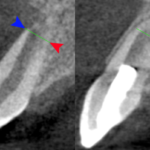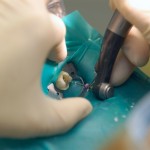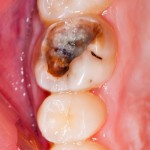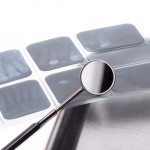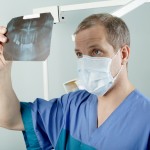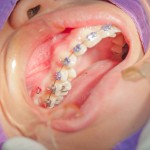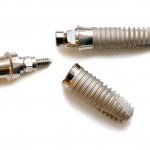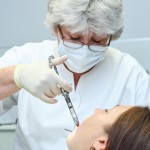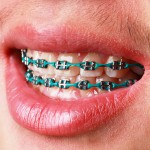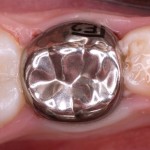
This review of the longevity of posterior restoration in primary teeth included 31 studies. composite resin had the lowest annual failure rate while stainless steel crowns had the highest success rate. The studies all have a high risk of bias so the findings should be interpreted cautiously.
[read the full story...]